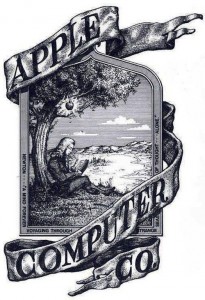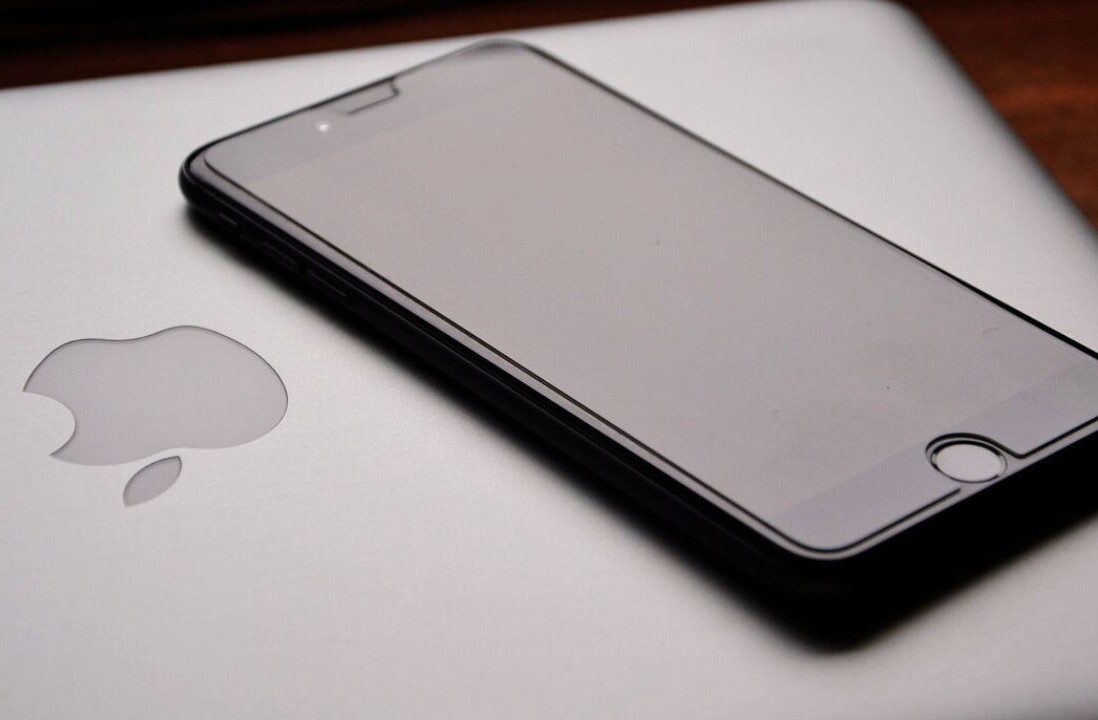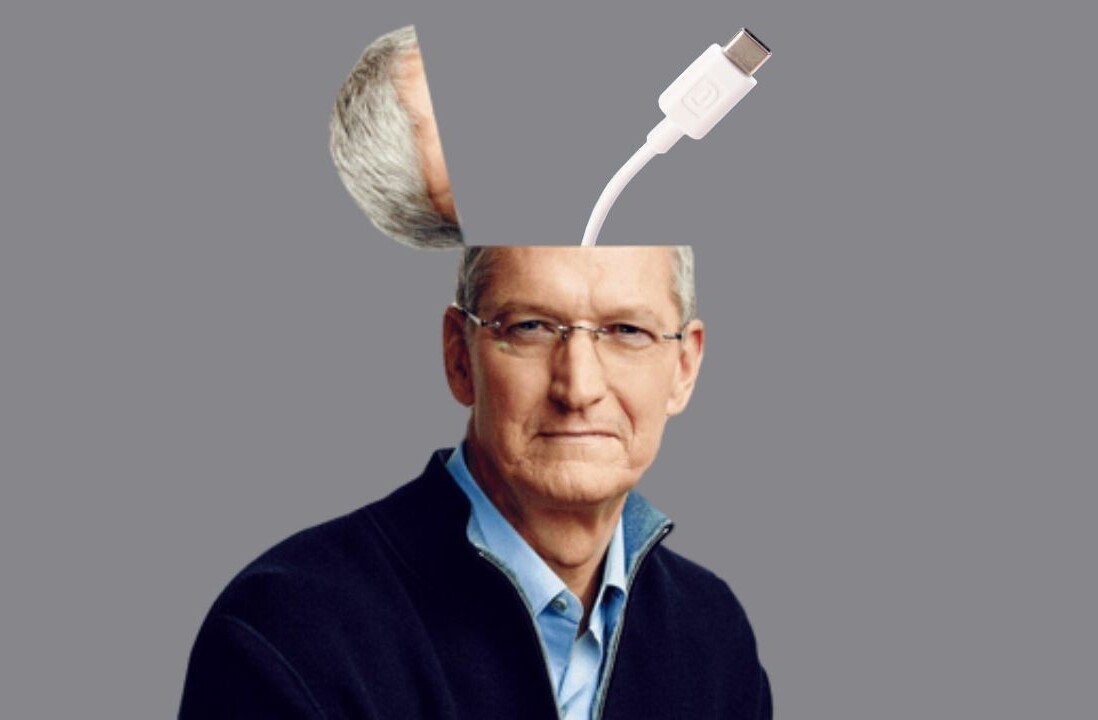
It was a sunny but windy Tuesday morning in Brighton and the first day of Update Conference, an event that’s primary focus is mobile design and development, along with plenty of discussion.
Attendees were sipping their free coffee, quietly discussing the sessions that they were most excited by and in the corner of the break area sat a man, easily the oldest person in the room, talking quietly with a local reporter. That man, recognised by nobody, was Ronald Wayne – the third and often forgotten founder of Apple, now the world’s largest technology company.
Always in demand by the media, Mr Wayne found himself in England to talk about his part in the the formation of Apple, also to publicise his new book “Adventures of an Apple Founder” from a small table conveniently situated next to mine.
As the attendees shuffled into the auditorium at the Brighton Dome for a design session, I took the opportunity to speak to Mr Wayne and find out the reasons why he decided to sell his 10% stake in Apple just 12 days after the company was formed – a stake that would be worth around $35 billion dollars today.
Meeting Jobs, Wozniak and forming Apple
In the early 1970’s Ron Wayne was the chief draftsman at Atari when he met Steve Jobs, a young twenty-something hired as a consulting engineer at the company.
Working closely with many of the engineering staff at Atari, Wayne met Jobs a found his company to be mutually compatible, which resulted in the “talking about all sorts of different subjects” adding that he was “fun to be with, interesting to be with (and he apparently enjoyed my company also).”
Apparently, if Jobs had a problem or interest in something, it was Wayne that he would approach to discuss it.
With a background in slot machines, Wayne would often discuss his interest in the gambling machines, something that piqued Jobs’ interest. He recalled one time that Jobs approached him and suggested they go into business together.
“[Jobs] knew of my interest in slot machines. At one point in time he approached me at one time and said he could get his hands $50,000 suggesting we go into the slot machine business. I said I had been there and done that, telling him it was the quickest way I could think of to lose $50,000.”
Both inside and outside of work, Jobs and Wayne would discuss socio-enonomics and calculus but also Jobs’ participation in a computer club known as the “Homebrew Computer Club”. The club was a place that Jobs and his “buddy” Steve Wozniak would attend, where they and other members would “chop up business machines that could serve as personal computers”.
Wayne recalls the first time he met “The Woz”:
I remember the first time met Wozniak, not only was he most charming and gracious man I had ever met, he also the most whimsical – he was like a sandbox with all the toys you can play with. He would build a computer just for the fun of building, whereas Jobs had other views that would be the start of a corporate entity.
During their time at the Homebrew Computer Club, Jobs and Wozniak worked on developing a product but had what they called “a philosophical disagreement”. Wozniak had developed the fundamental circuits for a computer for personal application (at the time nearly all computers were business machines) and both he and Jobs had different ideas on the how the innovations should be used.
Wozniak took a rather parental view of his circuits and wanted to use his concepts elsewhere – Jobs completely disagreed and said that it was his contribution to Apple (although it had not been formed at this time). Jobs, knowing of Wayne’s experience, asked his Atari co-worker if he “cared to meet with them and try to solve the problem”. So Wayne invited them to his apartment, where they chatted for two hours:
Soon as he came in, I knew that Jobs was right and I had to persuade Wozniak. I laid it out for him, Wozniak recognised that it was a core element of Apple and not something he could use in competitive fields. Jobs was taken with my diplomacy as a philosophical tiebreaker and said that we should start a company with Jobs and Wozniak taking a 45% share each and me with 10%. At that moment I got on a typewriter and typed up the complete original contract which kind of impressed Steve Wozniak particularly, that I would use all the right language and all the right things – I had done enough formal contracts in my life. I was 40 years old and these kids were in their twenties. I put these things together to make it work.
Leaving Apple and leaving a legacy
Wayne is quick to point out that whilst he was the third Apple founder, he was not part of the corporate entity that came later. It also appears that as a result his participation in many interviews – which intensified during the week that Steve Jobs resigned from his position as CEO of Apple – he notes “nobody diddled me out of anything, my separation from the group was entirely on my understanding of the facts at the time”.
The fact was, just twelve days after the formation of Apple, Wayne decided to relinquish his stock for US$800, separating himself from Jobs and Wozniak and a company that was to head into the world of making and selling personal computers.
Wayne says there were a number of reasons he left Apple and sold his shares:
He was a product development man that was used to overseeing things from beginning to end and believed that it wasn’t the sort of thing that happens in big corporations. He said that he couldn’t see himself being given the responsibility of developing a complete product in the shadow of geniuses:
I recognised it at the time, these guys were geniuses. I would have been on a lower-tier situation because these were the guys were the founders of the modern world and I saw myself as a lesser participant.
Finding himself as the head of a corporation designing and building gaming machines, Wayne says it didn’t take him long to realise that he had no business being in business:
I was a much better engineer than I was a businessman. In fact, everything came unglued and it ended up going back to California with $600 in borrowed money. Over the next year and a half I bought back every share of stock that people had bought in my corporation because it was me that made the company fail, not them, and there was no reason for them to suffer a loss.
The Apple co-founder remembers what a traumatic experience it was and that it took him nearly one and a half years to get out of it. So when he found himself as part of a huge enterprise that was destined to be successful, he also new that it would be a “rollercoaster” and he was “getting too old” to be a part of that.
“These guys were whirlwinds, it was like having a tiger by the tail. And I felt that it I stayed with them I would probably end up being the richest man in the cemetery. So, I figured that I would ease my way out of it,” Wayne notes.
After leaving Apple, Wayne saw more of Steve Jobs than he did Steve Wozniak, the latter whom he didn’t see again until three years ago at a Macworld Expo in San Francisco. The last time Wayne says he met Steve Jobs was in 2000, but has since contacted Wozniak a number of times.
Backing up his graciousness, Wozniak also wrote the foreword for Wayne’s book, which reads in part:
I think it was the first night that Steve and I went over to Ron’s apartment in Sunnyvalle, he sat down and typed out this thing that in the end was a total legal document with all the types of words lawyers use like, “the rights, privileges and warranties, etc.” I guess he had been through a lot of them, probably studied every word of them to know them so well. I was very impressed.
So Steve offered Ron 10% of the Apple Computer Company. His thinking was that if Ron had a small part of the company, he can resolve any disputes. If Steve and I owned equal amounts, 50/50, what would we do if we had an arguement. That reasoning sounded good to me, so there’s Ron Wayne.
At the time he was sort of like an adult to us and a mentor, and that’s how I looked at him. Ron had these incredible talents as an artist. He actually drew that free flowing sketch of Newton under the Apple tree that we used for our first logo. He also worked on the Apple I manual, and designed the inventory structure that continued to be used through production of the Apple II. Ron had a broad range of talents, representing a well disciplined life.
 Not many know that Ron Wayne used his talents as an engineer to sketch and draw the first Apple logo, fewer know that he may have actually inspired Apple’s iPad 2 Smart Cover.
Not many know that Ron Wayne used his talents as an engineer to sketch and draw the first Apple logo, fewer know that he may have actually inspired Apple’s iPad 2 Smart Cover.
Steve Jobs, knowing of Wayne’s experience as a draftsman and engineer, commissioned him to design and build an all-in-one computer cabinet for either the Apple I or the Apple II (he was unsure at the time). Back when he was asked to undertake the project, computers existed as huge sets circuits that needed to be housed in a suitable enclosure.
Instead of utilising a vertical tower, Wayne decided to approach the project with a horizontal cabinet that would completely integrate the keyboard. To do so, he used two wooden side panels, with a sheet of aluminium that would cover the bottom, back and some of the top of the cabinet.
Wayne wanted to make the cabinet innovative so he introduced a “tambour door” that would be able to fully enclose the keyboard. When the door was open and shut, it would turn on or power down the computer – similar to how the Smart Cover on an iPad 2 will wake and put the tablet to sleep.
The connection is purely ours, but also pointed out by Aral Balkan, organiser of Update Conference who – when finding out that Mr Wayne had not owned an Apple product in his life – took to the stage and presented him with his first device, a nice new iPad 2.
On Steve Jobs and Apple’s Future
Mr Wayne notes that Steve Jobs is a intensely focused person but was not a man with social graces, “you did not want to be the one to get in the way of something that he wanted to get”. Wayne believes that Jobs’ approach is what was needed to get the company to where it is today, a “product of this kind of dynamic focus and activity”.
Knowing Jobs from the early days of Apple, I took the opportunity to ask Mr Wayne if he believed Apple would be “OK” now that its talismanic leader had stepped down from his post.
Put simply, Wayne sees no troubles in the future of Apple:
Steve Jobs has been in and out of Apple several times and every time he left the company, it took a dump. This time its different – because what he is leaving behind now is a team that he has carefully assembled, highly competent people with a likeminded approach to how problems in this field managed and handled.
The net result is, that whilst they will forward put their own personality and their own concepts, their philosophical approach to how this corporation should be run will organised in tune with how Steve Jobs would have done it, and therefore is leaving behind something that can run on its own.
I really believe that the company will be as successful – maybe not more successful – with the team that he has left behind.
It’s easy to question Ron Wayne’s answers, many believe he must be bitter for not having control over stock that would make him worth around $35 billion. However, from the hour that I spent with Mr Wayne, I did not once note a tinge of regret, something that Wayne attests to himself following his decision to walk away from the company and both Steve Jobs and Steve Wozniak.
These days, Mr Wayne spends his days designing and building a new form of slot machine that takes the modern approach of using software to control the slots but couples that with the old form of payouts, the adrenaline pumping feeling of hearing and feeling coins hit the trays. He says it is more of a labour of love than a commercial success, borrowing from his years of engineering and experience in the industry to appeal to older slot machine players.
At the end of the interview, Ron Wayne left me with this quote:
I’m as enamoured with money as anyone else but I can say this; I went off and did my own thing, having fun in doing it and taking off in any direction that seemed appropriate at the time. In my entire career, I’ve never been rich but I’ve never been hungry either – and I have always thoroughly enjoyed what I was doing.
Get the TNW newsletter
Get the most important tech news in your inbox each week.




